Self-Assessment Tax Return: A Step-by-Step Filing Guide
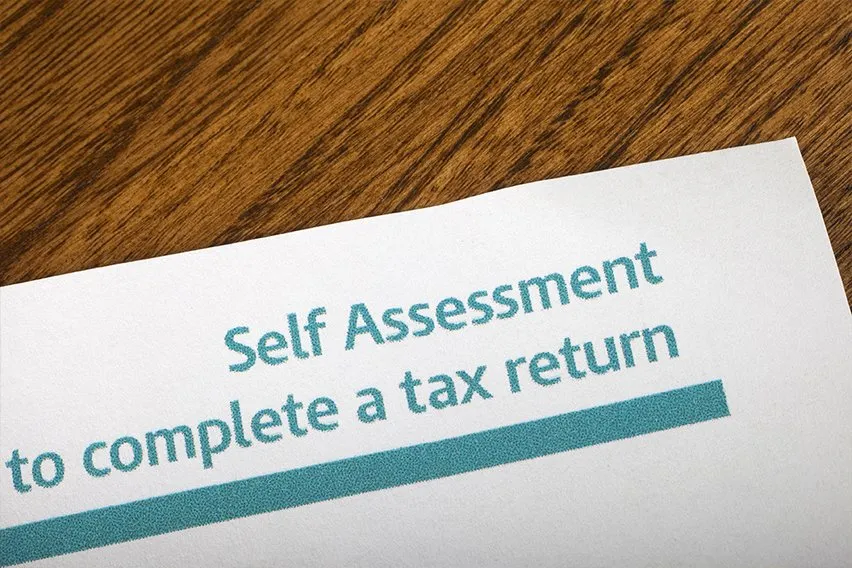
Sorting out a self -assessment tax return isn’t anyone’s favourite business task. But it also doesn’t need to be horribly stressful or totally time consuming because:
- You’ve got all your info to hand in your FreshBooks app
- You’ve got a long time to complete it before the official deadline
- You can break it down into smaller steps
Let’s keep your head working in and on your business – not fretting about your tax liability.
Here’s What We’ll Cover:
What is an HMRC Self Assessment Tax Return?
Self-assessment is one of HMRC’s systems for collecting income tax from UK taxpayers. It’s not a separate tax in itself.
If you’re employed, you pay income tax through the Pay As You Earn (PAYE) scheme before you even get your wages. Other tax income payments on pensions and savings are also automatically deducted. You don’t even have to think about this really, just check your tax code every year.
But if you earn other income, or are self-employed, you report it to HMRC using the self-assessment tax return form. And the responsibility is yours.
Whether you are employed or self-employed, understanding how to do a self-assessment online can simplify the tax reporting process.

You must tell HMRC:
- If you think you should be paying income tax through self-assessment
- Declare all your taxable income on an annual self-assessment tax return and submit it to HMRC by the deadline
- Pay the income tax you owe for that tax year on time
HMRC works out how much tax you owe from the information you send them on your tax return. That’s why the whole system is called ‘self-assessment’.
You also declare any Capital Gains, and claim tax reliefs and allowances on your annual self-assessment tax return.
Each self-assessment tax return form refers to one UK financial year, which runs from April 6th to April 5th the following year. Following their Making Tax Digital plan, most UK taxpayers submit these forms online, which is actively encouraged by HMRC. You can still submit on paper, but there is a different, earlier deadline.
Why Do We Need to Fill In a Self-Assessment Tax Return?
There are several reasons why you might need to fill in a self-assessment tax return, including:
- HMRC have asked you to submit a self-assessment tax return. This is called a ‘Notice to file’, arrives in the post and mustn’t be ignored.
- You’re a self-employed sole trader earning more than £1,000
- You’re the ‘nominated partner’ in a business partnership
- You’re the executor or trustee of an estate
- You’re a minister of any religion or faith
- You earned over £10,000 from investments or savings
- You earned over £2,500 in ‘other income’ that’s not otherwise taxed. For example, renting out property
- Capital Gains Tax applies on your profits from selling any applicable chargeable assets, like shares or a second home.
- You have UK income and live abroad
- You live in the UK and have income from another country
- You sell enough things online to be classed as a trader
- You’re in the Higher or Additional Rate tax bracket and you got dividends from shares
There are other reasons for filling in a self-assessment tax return, like claiming tax relief you’re eligible for. HMRC has a useful online tool to help you decide if you should be filing. It goes through a series of questions and doesn’t send your information to HMRC.
How Can I Register for a Self-Assessment Tax Return?
There are different ways to register for self-assessment, depending on if you’re self-employed, in a business partnership, or not self-employed. As a self-employed individual, you’ll need to register to report your self-employed expenses accurately. If you prefer your information by video, HMRC summarises all the different ways of registering for self-assessment here.
Because of HMRC’s commitment to digital, we’re going to focus on online registration.
Self-employed
As a newly self-employed person, you’ll need to register online. This must be done by the 5th October in your second tax year. There’s a fine if you don’t meet this deadline.
To ensure maximum online security, after creating your account HMRC sends you a letter with your Unique Taxpayer Reference Number. This will arrive in the post within 10 days, if you’re in Britain. You need your Unique Taxpayer Reference Number (UTR) to file a self-assessment tax return.
In a separate letter, you’ll then get an activation code from HMRC. This is how you access your account when it’s first set up.
When you have your UTR and activation code, you can access your self-assessment account through the Government Gateway portal. And you can file your self-assessment tax return any time before the official deadline. That’s from the 6th April after the tax year ends.
It’s important to allow for the time it takes to go through this set up procedure, well before any filing deadline.
The procedure is the same if you’re switching from paper filing, to online.
Partnerships
If you’re in a business partnership, you also need to register for self-assessment. You need your partnerships UTR and, if you’re the nominated partner completing a new business registration, you’ll need your own UTR.
The details for registering as limited liability partnerships, companies or trusts can be found by following these links to HMRC information.
Not self-employed
You’re not self-employed, but you do need to register for self-assessment because you meet one of the other criteria listed above. If you’re in this category, you need to fill in Form SA1 to register.
After that, it’s the same journey as a self-employed taxpayer. You get your UTR in the post, create your online account, get an activation code in the post and then you’re good to go!
What Is the Self-Assessment Tax Return Deadline?
For most taxpayers using the self-assessment system, the deadline for filing your tax return and paying any tax owed, is midnight on the 31st January. That’s after the end of the tax year in question. Here’s an example”
Example: For the tax year 2024-2025
- Started 6th April 2024, finishing 5th April 2025
- Deadline to register for self-assessment: 5th October 2025
- Deadline to submit paper self-assessment tax return: midnight 31st October 2025
- Deadline to submit digital self-assessment tax return: midnight 31st January 2026
- Deadline to pay tax bill: midnight 31st January 2026
You can set up a ‘payment on account’ which means that you split your tax bill into 2 payments, the other being 31st July.
Penalties apply if you’re late filing your tax return or late paying your tax bill.
A different deadline applies if you’re also paying tax through the PAYE scheme and want HMRC to collect the self-assessment tax through your tax code. To use this option, you must file your online tax return by 30th December (following the end of the tax year in question).
Partnerships with a limited company as a partner will also have a different deadline if your accounting date falls between 1st February and 5th April. In this case, your online deadline is 12 months from the accounting date. (Or 9 months from the accounting date, if you’re filing a paper return.)
Details You Need to Fill In a Self-Assessment Tax Return
Before you start filling out your tax return, get all your paperwork together. Or, open your FreshBooks app! The information you’ll need:
- National Insurance Number
- Unique Taxpayer Reference (UTR) number, the one you had to get in the post
- P60 and any other documents showing any income you’ve earned and already paid tax on
- The amount you’ve earned from self-employment, interest on shares or dividends. And any other as yet untaxed income, like property rental
- Expenses you’ve paid as a self-employed tax payer
- Tax relief on Pension contributions and charitable donations
You don’t send any evidence with your self-assessment tax return – like bank statements, receipts and invoices. But you do need these records, in good order, in case HMRC does want proof of your tax position.
As a FreshBooks user, you can relax in the knowledge that it’s all there and can be sent in a couple of clicks.
How Do I Fill In a Self-Assessment Tax Return?
OK, we know that completing a tax return is quite daunting the first time you do it. In fact, it usually remains a rather stressful part of your business obligations no matter how many times you do it. This is partly because you only have to submit once a year. In that time, it’s easy to forget what you did the previous year.
But the stress factor also comes from knowing that HMRC gives out penalties for making mistakes. This is not conducive to a calm experience. You know you’re not trying to dodge anything! But how do you prove that to HMRC?
Just make sure you take your time, have evidence for everything and declare everything you’re supposed to. And, if you discover a mistake after you’ve sent it, get in touch with HMRC straightaway. Fines are usually only given to people who’ve been really slapdash and negligent in their record-keeping and with their form. Or, of course, those that deliberately try to avoid paying their full tax liability.
There are two sections to the self- assessment tax return. The main section is called SA100 and concerns:
- Pension contributions
- Donations to charity
- Declarable benefits: State Pension, Blind Person’s Allowance, Child Benefit,
- Income from interest and dividends, both taxed and untaxed
The second section is made up of ‘Supplementary Pages’. And you just need to pick the one(s) that apply to your financial situation.
Self-employed tax return pages
Let’s dive into SA(103), the supplementary page for self-employed taxpayers.
Income
You’ll need to work out your turnover and enter the figure in the business income section. This means the total amount you earned, before you take off any expenses.
If you have more than one self-employed income stream, you can put the other amounts separately. But your ‘main employment’ number must be the job that earned you the most during that tax year.
Expenses
If your annual turnover is under £90,000, you can just tot up the total expenses you paid out and enter that one figure.
If your annual turnover is over £90,000, you’ll need to list each kind of expense individually and provide a total figure.
There are a lot of different types of expenses that you can include on your self-assessment tax return. From stock and equipment, to interest on loans and accountancy costs. It’s worth taking some time to make sure you’re not missing any out.
As with income, you don’t need to send any proof of purchases to HMRC at this stage. But you are required to keep detailed, well-ordered records for up to five years from the submission of the relevant tax return. And HMRC can ask to see them at any point during this time.
Other supplementary pages
There are other specific forms for other types of income. Like property rental, where you need Form SA(105). And if you earned income from the ‘disposal of assets’ and need to pay Capital Gains Tax, you need form SA(108).
What’s really good about the online self-assessment tax return is that you can save it and come back to it as many times as you need to. If you prefer to work in short chunks of time, you can do a section a day until you’re finished. As long as it’s done and sent by the deadline.
Using an accountant
It’s important to say that many business owners get their accountant or tax specialist to complete their self-assessment tax returns on their behalf. This is perfectly legitimate, you just need to complete the correct authorisation and they can deal with HMRC for you. Just like the direct accountant access tool in your FreshBooks double-entry accounting suite.

Does HMRC Automatically Refund Overpaid Tax?
Just like us, HMRC wants beautifully balanced books. This means that they do refund overpaid tax. Sometimes this happens automatically and sometimes you must apply for your tax rebate.
Important point: Applications for tax refunds usually have deadlines. They can usually be backdated for 4 tax years. And after these deadlines pass, your tax refund is permanently lost.
This is one reason why it’s really important to understand your tax position and check in with your calculations at regular intervals.
You apply for tax refunds on the same self=assessment tax return as you declare your income. There are a whole list of different work expenses and tax reliefs you can claim as a self=employed taxpayer – make sure you don’t miss out!
How Do I Know If My Refund Is Approved?
Your refund will be approved as part of processing your self-assessment tax return. Then you’ll see it in your tax account, as well as receiving the payment in the way you requested it.
Alternatively, HMRC may tell you that they owe you a refund in a letter called a P800. This is like a ‘pre-approved’ refund because HMRC are informing you that they’ve discovered a discrepancy. It tells you how to apply online and you can get your money into your bank account within 5 days.
Important safety fact: HMRC never gives tax refund information by email, SMS message or phone call. Be wary of scammers who use this trick. If you’re in any doubt, don’t give any information and call a real HMRC phone line to confirm.
When Can I Expect My Tax Refund Back?
If you apply for a tax refund as part of your self-assessment tax return, you will get your refund back once it’s processed. This is usually an 8-10 week timeframe. HMRC is still dealing with the fallout of COVID and the numerous new schemes that supported people, like furlough and SEISS. This has caused delays and HMRC is still playing catch-up to an extent. There aren’t any official guidelines related to delays caused by COVID-related issues available.
More Useful Resources
RELATED ARTICLES

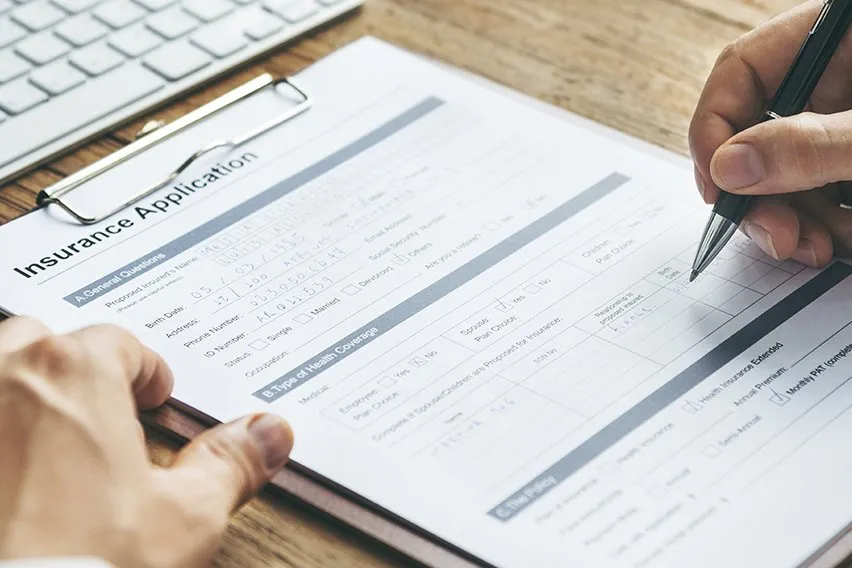 Can I Reclaim Insurance Premium Tax on My VAT Return?
Can I Reclaim Insurance Premium Tax on My VAT Return?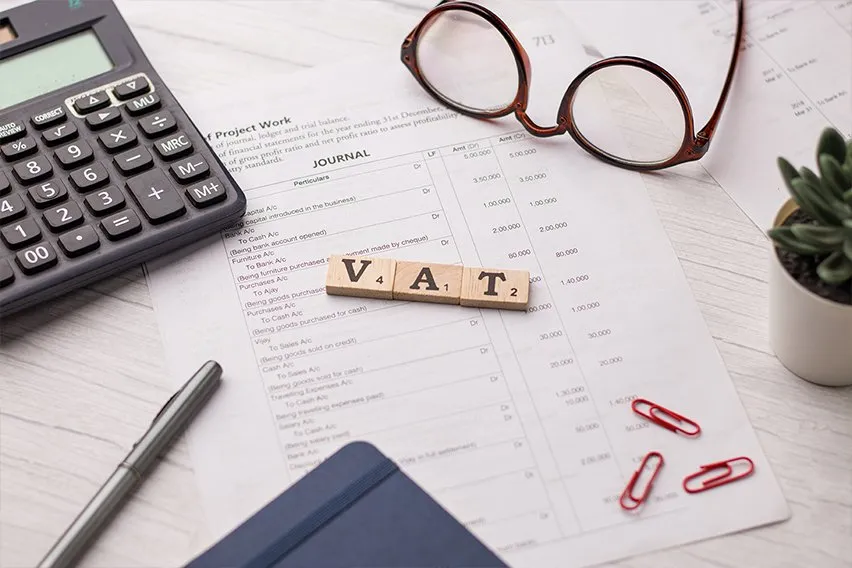 Who is Liable for VAT?
Who is Liable for VAT?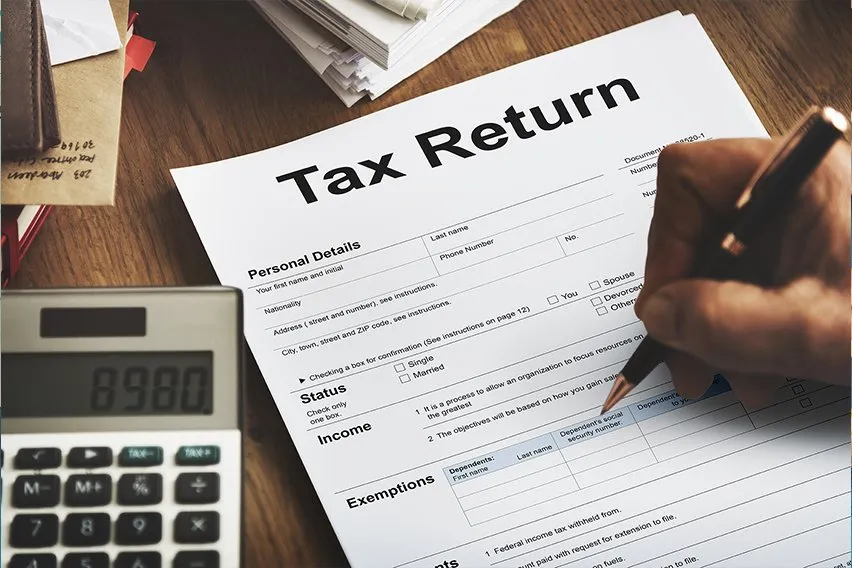 VAT Penalties: All You Need to Know About the New System
VAT Penalties: All You Need to Know About the New System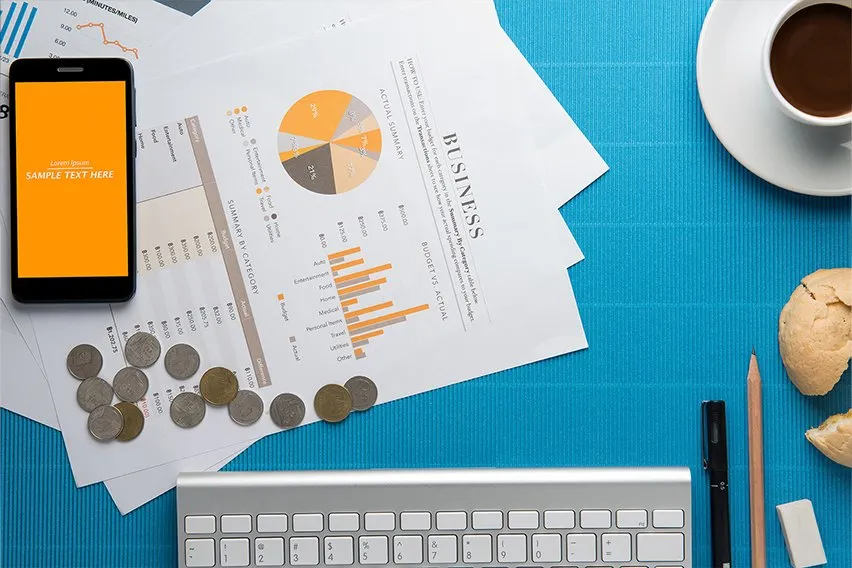 Submit VAT Return Online: HMRC VAT Filing Guide
Submit VAT Return Online: HMRC VAT Filing Guide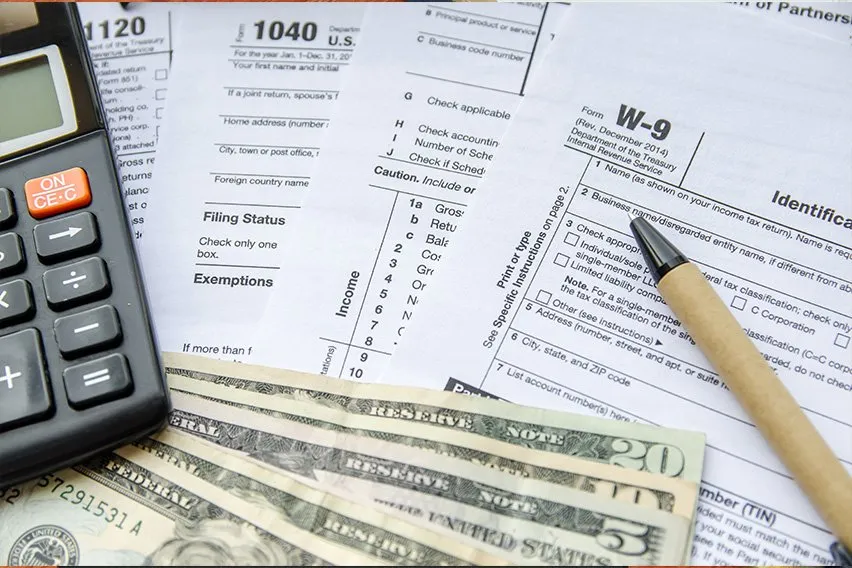 Sole Trader Tax Guide
Sole Trader Tax Guide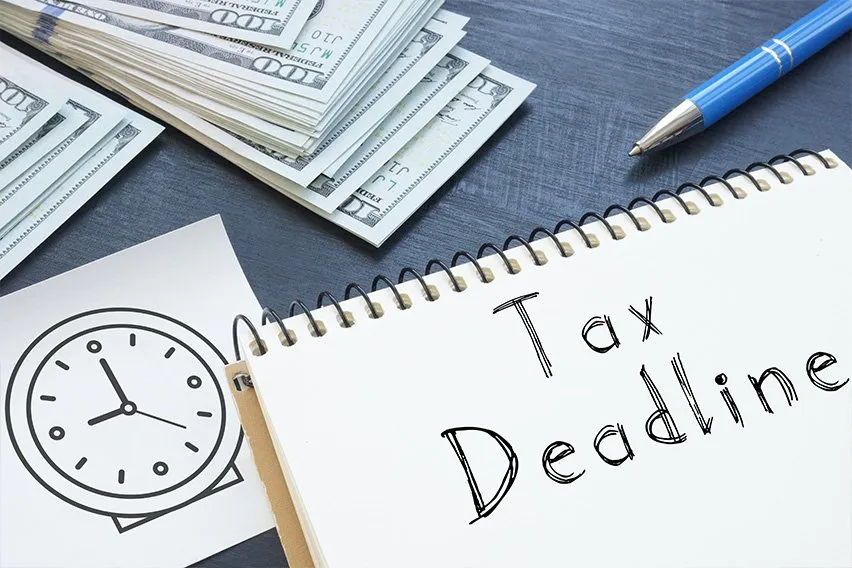 Tax Return Deadline in the UK (2024-25)
Tax Return Deadline in the UK (2024-25)